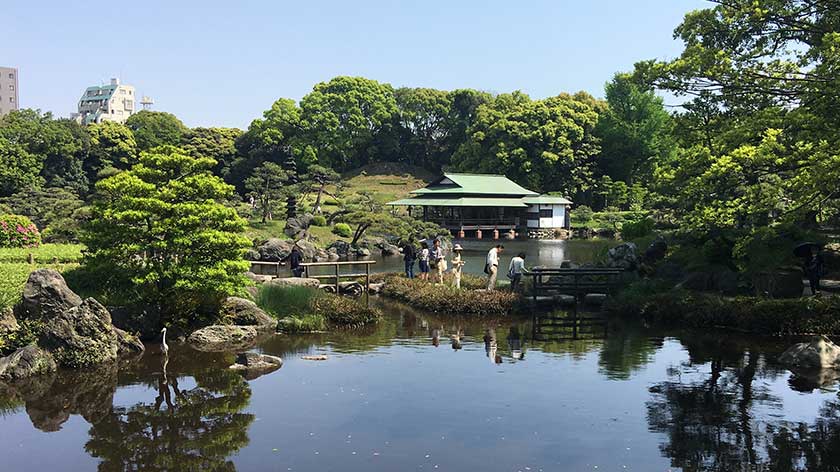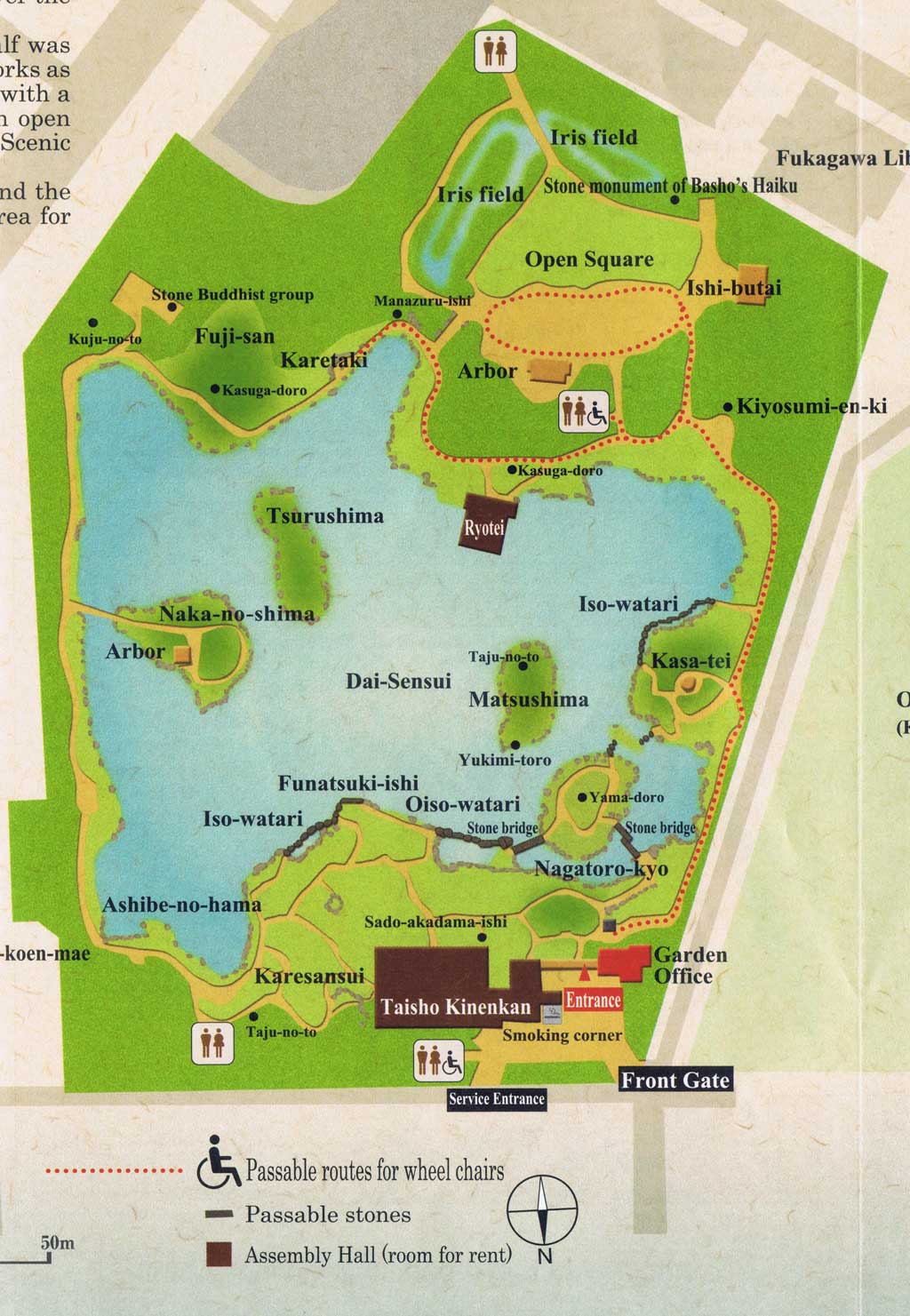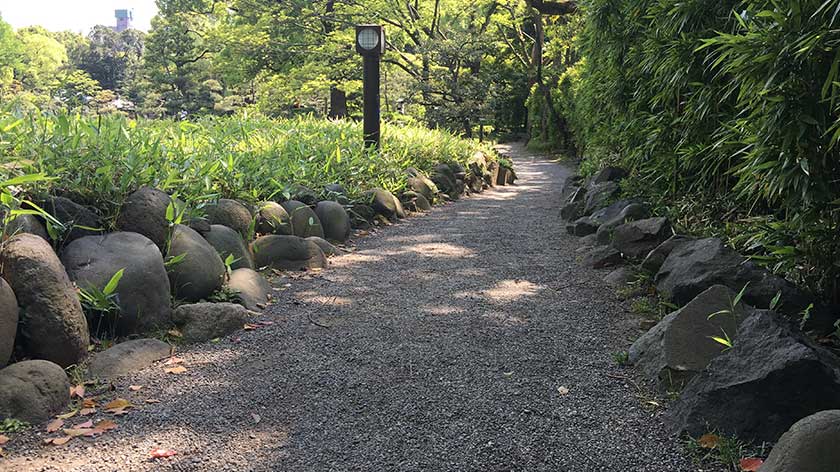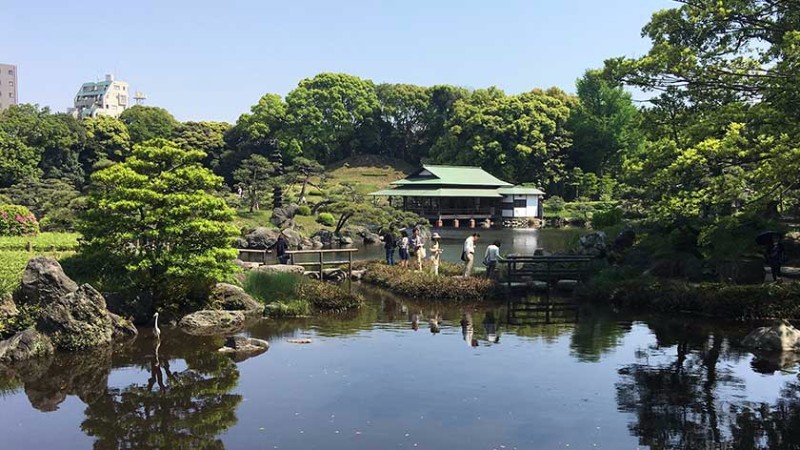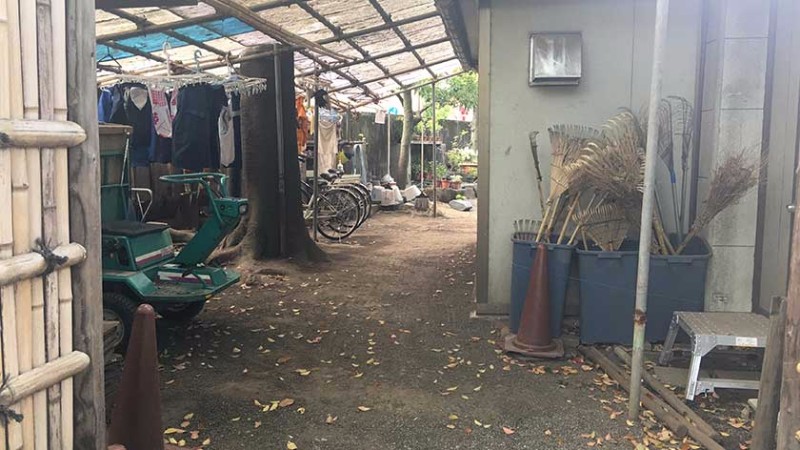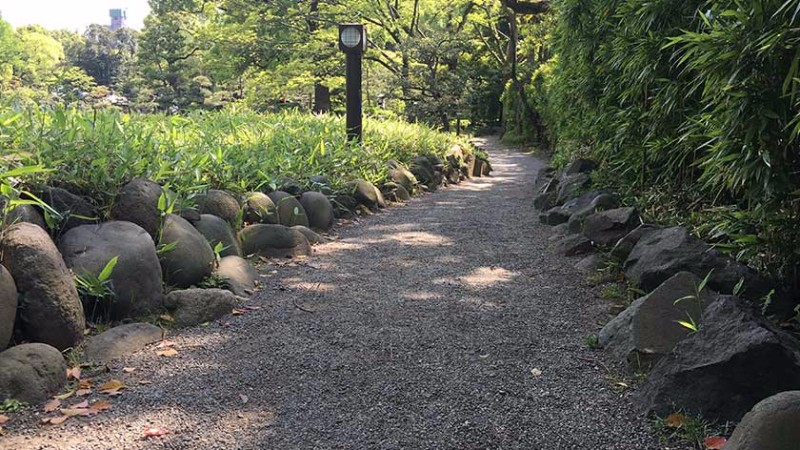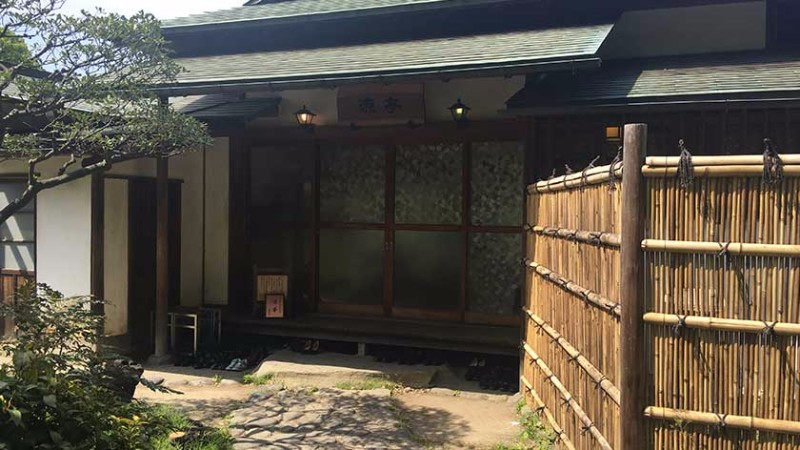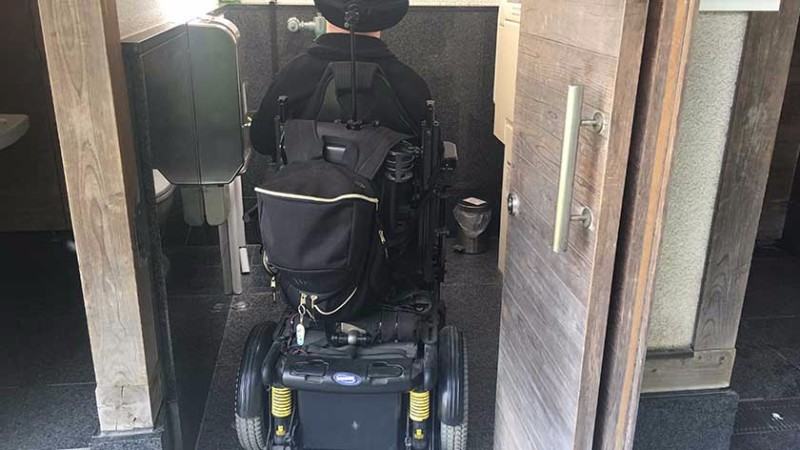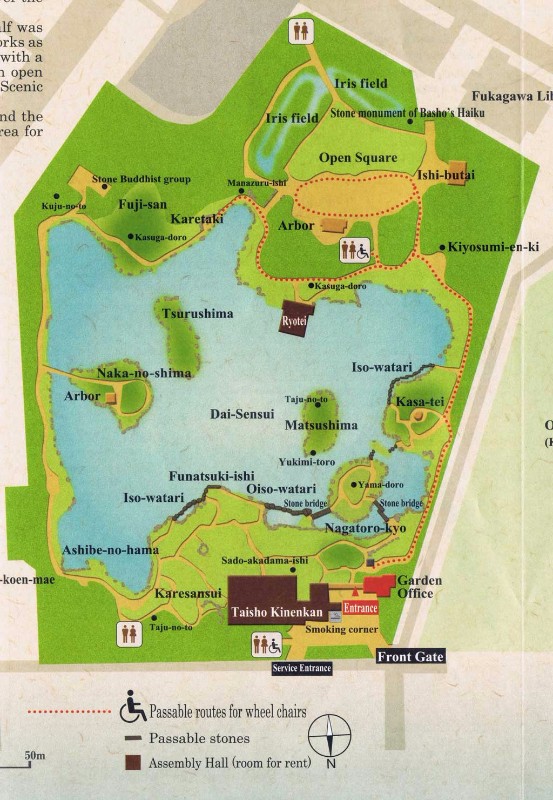- Overview

Kiyosumi Garden (or Kiyosumi Teien) is a traditional Japanese garden located in Tokyo. While beautiful, less than half of the garden is wheelchair accessible.
Background Information
Kiyosumi Garden is a traditional garden in Tokyo designed with classical principles for strolling along paths around a central pond. Originally part of the residence of a business magnate from the Edo Period, the garden later became part of Lord Kuze Yamatonokami’s residence in Edo (modern day Tokyo) and took its basic form in the early 1700s.
The land was later bought by the founder of Mitsubishi, Iwasaki Yataro, who ordered the garden rebuilt in 1878 for important guests and his employees. 55 large rocks were brought from all over Japan via steamship and the garden was opened in 1880. Years later, after the Great Kanto Earthquake of 1923, the garden served as a place of refuge for victims of the earthquake. The garden was donated to Tokyo and then opened to the public in 1932.
The pond contains three islands – one of which is connected by a bridge – and is home to many carp and turtles. Since it is close to Tokyo Bay, the garden also attracts many birds. A traditional style restaurant is located on the pond (by reservation only). There are over 4000 trees in the relatively small garden. Though mostly Japanese Black Pine, different flowering trees provide seasonal colors throughout the year.

With the exception of the New Years Holidays (Dec 29 – Jan 1), Kiyosumi Garden is open year-round from 09:00 until 17:00 (last entry at 16:30). There is a small entrance fee.
Getting There
The park is located a 5 minutes walk from Kiyosumi-shirakawa Station (station map), on the Tokyo Metro Hanzomon Line and the Toei Oedo Line. The station is wheelchair accessible.
Accessibility
The biggest accessibility challenge for Kiyosumi Garden is that only about half of the garden is open to wheelchair users. When entering the garden, visitors are given a guide that shows where wheelchair users can access as seen below.

After paying the entrance fee, wheelchair users are instructed to follow a path used by maintenance staff off to the right of the ticket gate since the main entrance is not accessible.

The paths are made of gravel and dirt and can be overgrown in some places.

Two accessible toilets are available – one before entering the garden, and one further inside. Unfortunately, both are too small for turning around in a wheelchair, and transferring to the toilet requires a 180°-turn transfer. The toilet inside the garden grounds is smaller and it may be impossible to close the door with a wheelchair inside. It is recommended that visitors use the Kiyosumi Shirakawa Station toilet instead.

The restaurant on the pond is reservation-only, but even with reservations, the building is not wheelchair accessible.

Near the entrance of the garden is the Taisho Kinenkan building. It is used for various events but is sometimes used as a cafe. There is a ramp, but you may need staff to unlock the door to the building at the top of the ramp.
Conclusion
While the Kiyosumi Garden is nice, barely half of the garden is wheelchair accessible. Rikugien Garden and Hama Rikyu Gardens – while they are also not fully accessible – are much larger and allow more access to disabled visitors.
- Access
No Records Found
Sorry, no records were found. Please adjust your search criteria and try again.
Google Map Not Loaded
Sorry, unable to load Google Maps API.
- Photos
- Reviews
- Nearby Hotels
No listings were found matching your selection.
Have a question?
We try our best to provide information to a wide audience. But everyone has different needs.
If you have some specific questions about this listing, come join us on Tabifolk in the Japan group and we will get you the information you need!
Share your pictures of your trip or look up the accessibility of your next location with SIM cards or pocket WiFi!

